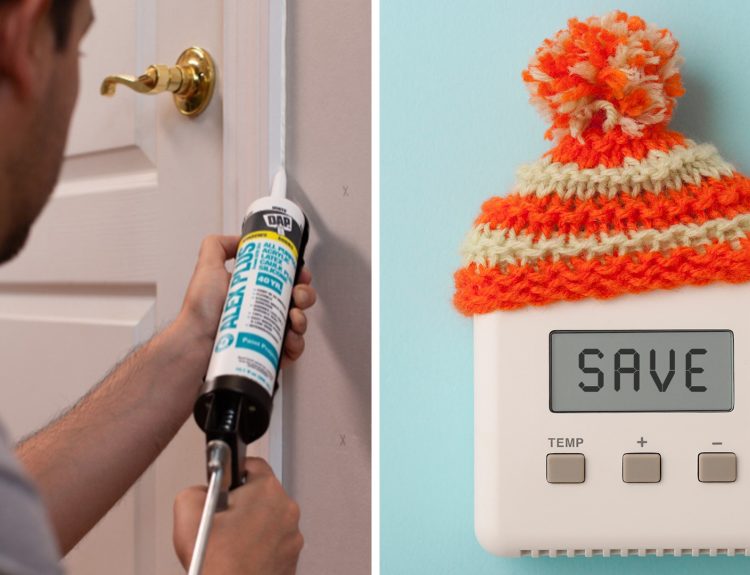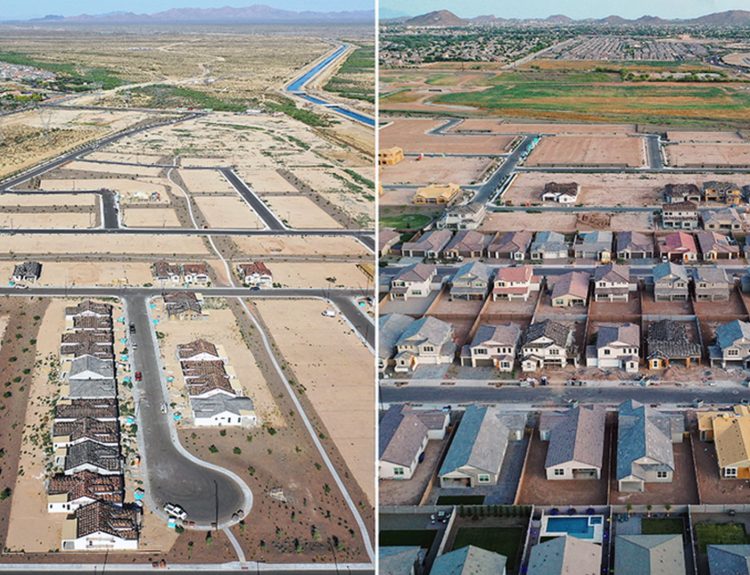The housing market has been on a rollercoaster the last several years. Many economic analysts believe that the up and down coast of the market began with the crash of 2008, and the market has been fairly uncertain in the years since.
The 2020 Market Boom
In 2020, the market saw a boom when interest rates hit an all-time low for the country. High demand and low supply led to a massive inflation of housing sale prices, inflation that hadn’t been seen in modern American economic history.
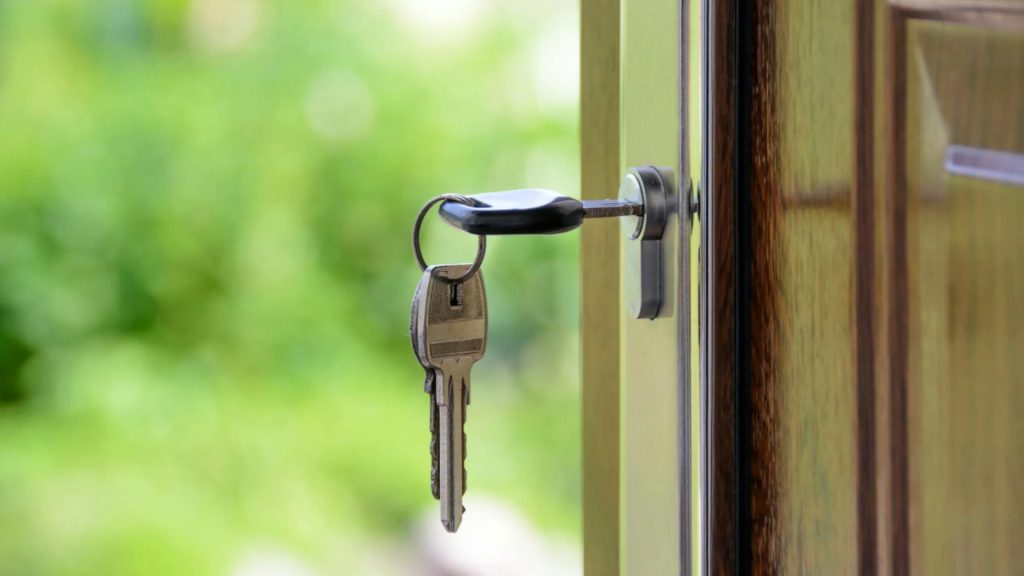
Despite the massive swell in prices, the market was hot. Cash offers became the name of the game, and houses weren’t on the market for more than a day or two before there were multiple offers on them, for above asking price with a waived inspection.
Turning Single-Family Homes Into Long-Term Rentals
At the same time, investment companies have been working to buy up single-family homes and turn them into long-term rental properties. Blackstone is, of course, one of the most famous corporations that has had its fingers in the housing market, but there are dozens of others just like it.

The result of these company’s actions are that, progressively, there has been less and less stock on the market for first-time home buyers to take a chance on. This, combined, with the short-term rental boom, has made supply of homes on the market desperately slim for individuals, and even more for people looking to sell and upgrade.
California and New York Hit Particularly Hard
Some markets have been hit worse than others with the housing crisis. States like California and New York have been hit particularly hard by the pricing squeeze, leading a significant number of people to make the difficult decision to move and seek out lower housing prices elsewhere.
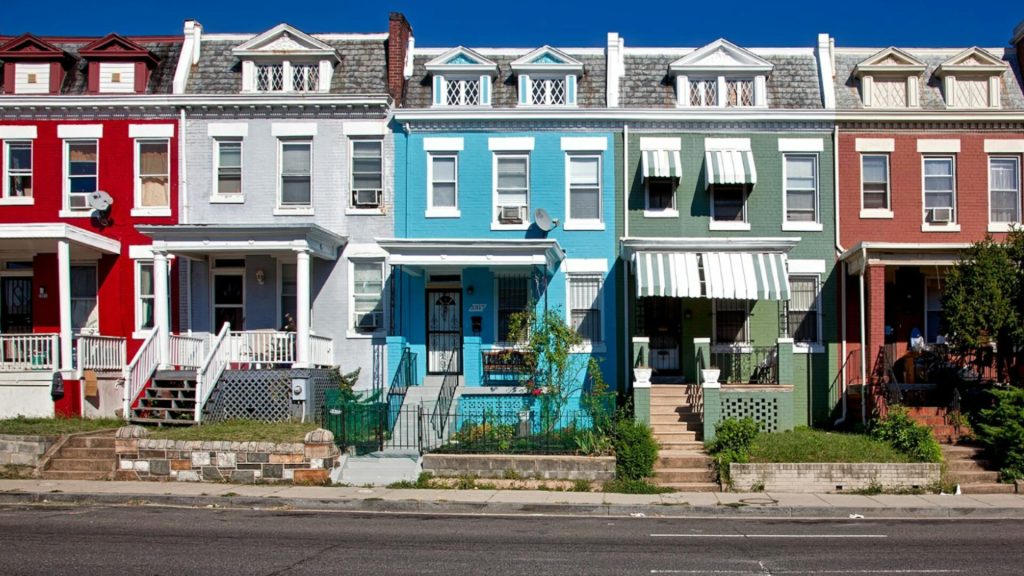
The American South has been particularly appealing for many individuals due to lower taxes and job opportunities. A significant number of people have chosen to move out of high cost-of-living states such as California in the years since 2020, forcing prices in these smaller markets to rise at a comparable rate.
Texas as an Appealing Option
One of the states that has been most preferable for housing costs and buyers since 2020 is Texas. Texas is one of the states that was hit particularly hard by the exodus of people that have left California. Many people believe that this is due to political reasons, given that Texas has lower taxes and significantly more lax policies regarding various aspects of political life.

The fact of the matter is that Texas, until recently, has also had much better housing prices than the rest of the country. Additionally many companies have decided to make their home in the Lone Star State, making it an appealing choice for individuals who work for tech and big business to move without losing any income value.
Financial Options Reducing the Market
A desirable market can’t make up for challenging financial options, though. 2020 saw a huge boost of individuals entering the housing market for the first time because, despite inflated purchase prices, the cost of taking out a mortgage was at an all-time low, with interest rates below 3% and 4%.

These people are the same individuals who now feel like they’ve been stuck in a house that they might have intended to be a starter home. Skyrocketing interest rates have forced many Americans to make challenging decisions, and have unfortunately forced a good number of people out of the housing market altogether.
A Competitive Market
Despite high interest rates, the housing market has remained hot and competitive, though nowhere near the furious frenzy that was seen in 2020. Sales of existing stock have been steady, though the number of homes on the market has remained significantly lower than the numbers seen in the 2000’s and 2010’s.

Some markets haven’t been impacted in the same way, though. Texas in particular has seen a significant drop in housing sales recently, and in 2023, sales fell to the lowest number that the state has seen in seven years.
A Significant Dip in Housing Sales
High mortgage rates have been pointed to as the reason behind this dip in sales. Even prices of housing lowering modestly couldn’t entice new buyers into the market, not when even those lower prices are still significantly higher than might have been seen a decade ago, and interest rates are more than double what would have been seen several years ago.

Sales dipped by 11 percent in Texas last year, with a total of 327,921 sales, which is the lowest number since 2017. The median price of a home was also down 1.4%, with a statewide median price of $335,100. This is significantly below the nationwide average of $417,000.
A Spike in New House Listings
At the same time, the Texas market had a total of 89,005 active listings, which is up 35.6% from the numbers seen in 2022. The properties spent an average of 55 days on the market, which was up 20 days from the average in 2022.

This flood of inventory in the market is the primary cause behind the housing price dip in various metro areas. Real estate is not a monolith, though, and different markets saw different effects from the change, with some markets still steadily rising, though at a much slower pace than that seen in 2020.
Texas Looking Up
While it appears that the Texas housing market is navigating some troubled waters, experts say that the situation will be looking up this year, especially for home buyers. Jeff Conn, the chairman of Texas REALTORS, weighed in during an interview.

“While rising inventory in most markets should offer buyers more options in 2024, fluctuations in mortgage rates continue to affect buyers’ decisions to invest in real estate. We’re hoping to see lower interest rates by the end of this year.”
The Fed Potentially Lowering Interest Rates
This comment comes in the wake of rumblings that the Fed may be ready to start lowering interest rates throughout 2024. While there is some uncertainty over whether rates will begin to lower in the first quarters of the year, many financial analysts believe that the economy and inflation have stabilized enough for rates to begin to drop.
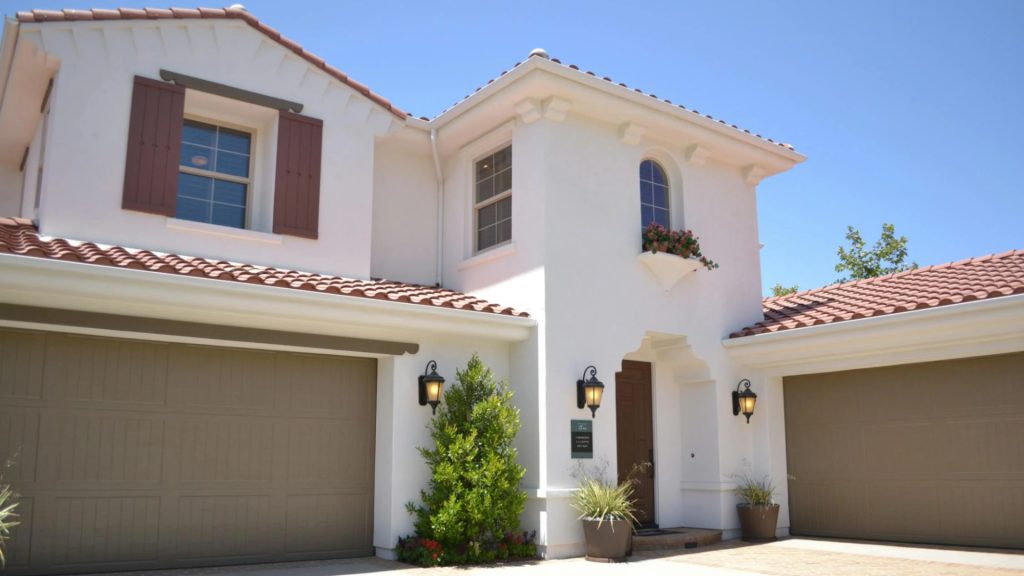
This potential win, in addition to lower housing costs – which have been primarily led by new housing builds in Texas – gives many real estate professionals hope that there will soon be a new flood of buyers in the housing market.
The Public Are Leery of the Housing Market
Unfortunately, it’s entirely possible that this anticipated flood of new buyers is nowhere near the horizon, despite professional’s hopes. Many people are still leery of the housing market, waiting for prices or interest rates to drop, or both.
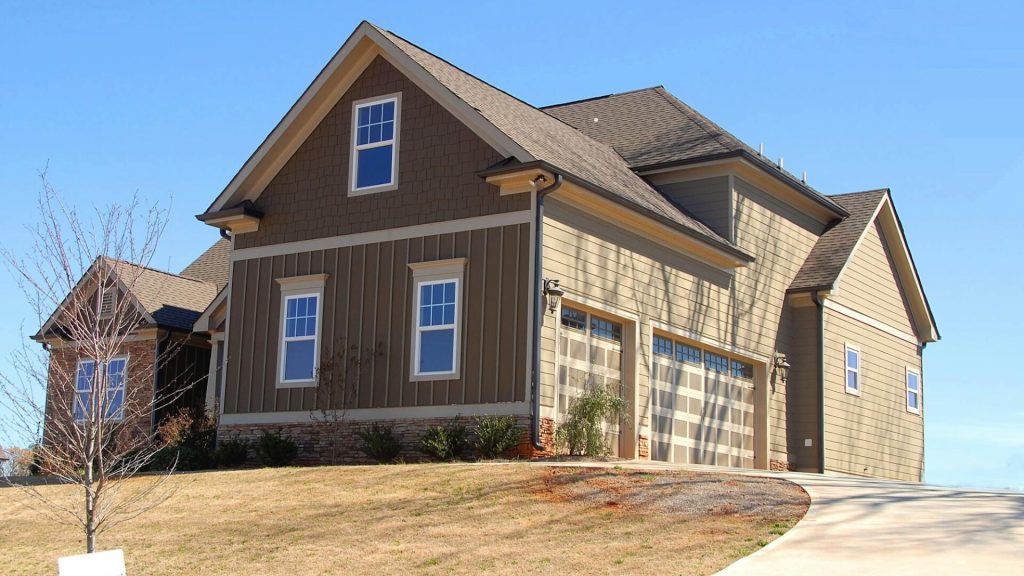
Others still might be discouraged by the ever-rising cost of property taxes and insurance premiums. Texas, in particular, has seen a significant increase in the cost of home insurance, with no relief on the horizon.
Insurance is an Important Factor
This is because insurance rates are mitigated or exacerbated by risk, and Texas is becoming an increasingly risky state for insurance companies to operate in. This is due to the worsening risk of devastating weather events that are being exacerbated by climate change, such as massive rain and snow storms, hurricanes, and floods.

Texas is not the only state that has seen this crisis of home insurance, either. California and Florida have both seen major home insurance companies make the decision to stop offering new policies in their states, and it appears that Texas may be on the road to a similar crisis. As it is, Texas homeowners pay some of the highest prices for home insurance in the country, a pattern that doesn’t look like it’s going to end.
Texas in Real Estate Limbo
It’s uncertain whether the housing slump in Texas is a blip on the radar, or if it’s going to turn into a consistent problem for Texans. Unfortunately, Texas is caught in the same uncertain market as the rest of the country, which is waiting for an element to change before it takes a turn in a new direction.

If more inventory comes on the market or if mortgage rates dip, it’s possible that the Texas market could do a turnaround before the end of the year. Many real estate professionals hope that will be the case, and it would be a welcome relief for thousands of Texans who simply want to be able to own a home.





